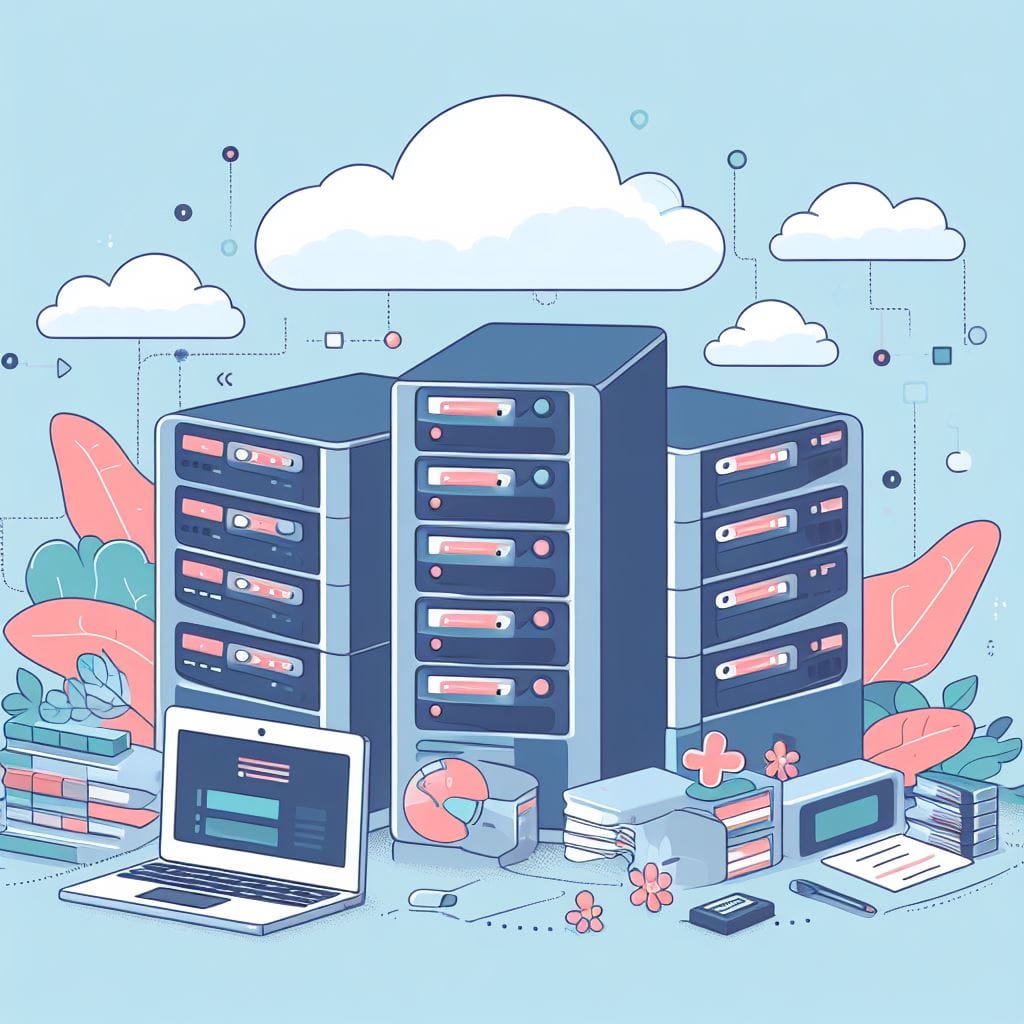Tips for Implementing Cloud-Based Learning Management Systems (LMS)

Implementing a cloud-based Learning Management System (LMS) can greatly benefit organizations by providing a flexible and scalable platform for training and development. Here are some tips for a successful implementation:
- Define Clear Objectives and Goals:
- Determine the specific learning objectives and goals you want to achieve with the LMS. This will help you select the right features and functionalities.
- Select the Right LMS Platform:
- Research and choose a cloud-based LMS that aligns with your organization's needs, budget, and technical requirements. Consider factors like scalability, user-friendliness, reporting capabilities, and integrations with other tools.
- Plan for Scalability:
- Ensure that the chosen LMS can accommodate the current user base and any potential growth in the future. Scalability is crucial for handling increased usage and data.
- User-Friendly Interface:
- Choose an LMS with an intuitive and user-friendly interface. This will reduce the learning curve for both administrators and learners.
- Customization and Branding:
- Look for an LMS that allows you to customize the platform to reflect your organization's branding, such as logos, colors, and themes.
- Content Creation and Management:
- Ensure the LMS supports various types of content (e.g., documents, videos, quizzes) and offers easy tools for content creation, uploading, and organization.
- Integration Capabilities:
- Ensure the LMS can integrate with other systems and tools your organization uses, such as HR software, CRM, video conferencing platforms, etc. This helps streamline processes and data flow.
- Compliance and Reporting:
- Make sure the LMS provides robust reporting capabilities to track learner progress, compliance with training requirements, and overall performance metrics.
- Security and Data Privacy:
- Prioritize security and data privacy. Ensure the LMS complies with industry standards and regulations (e.g., GDPR, HIPAA) and offers features like secure user authentication and data encryption.
- Training and Support:
- Provide comprehensive training for administrators, instructors, and learners. The LMS provider should offer resources, documentation, and support channels for ongoing assistance.
- Pilot Testing:
- Before rolling out the LMS to the entire organization, conduct a pilot test with a smaller group of users to identify any issues or areas for improvement.
- Feedback and Continuous Improvement:
- Gather feedback from users regularly to understand their experience and any pain points. Use this feedback to make necessary adjustments and improvements.
- Content Curation and Updating:
- Regularly review and update the content available in the LMS to ensure it remains relevant and up-to-date with industry best practices.
- Monitor Usage and Performance:
- Keep an eye on key performance indicators (KPIs) such as user engagement, completion rates, and feedback to gauge the effectiveness of the LMS.
- Stay Informed About Updates and New Features:
- Stay updated with the LMS provider's releases and updates. New features and improvements can enhance the learning experience and efficiency of the system.
By following these tips, you'll be better prepared to implement a cloud-based LMS effectively within your organization, leading to improved training and development outcomes.



